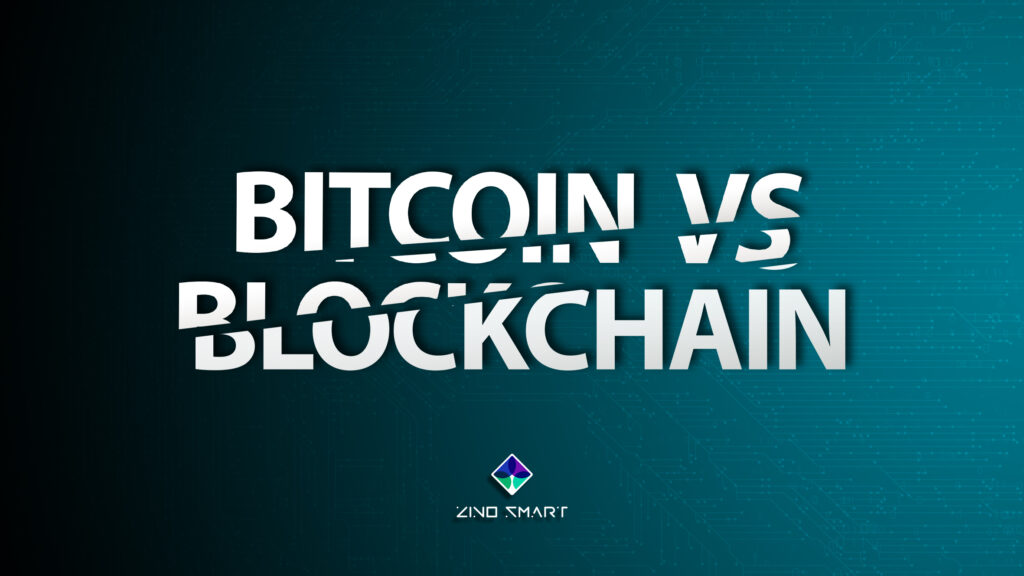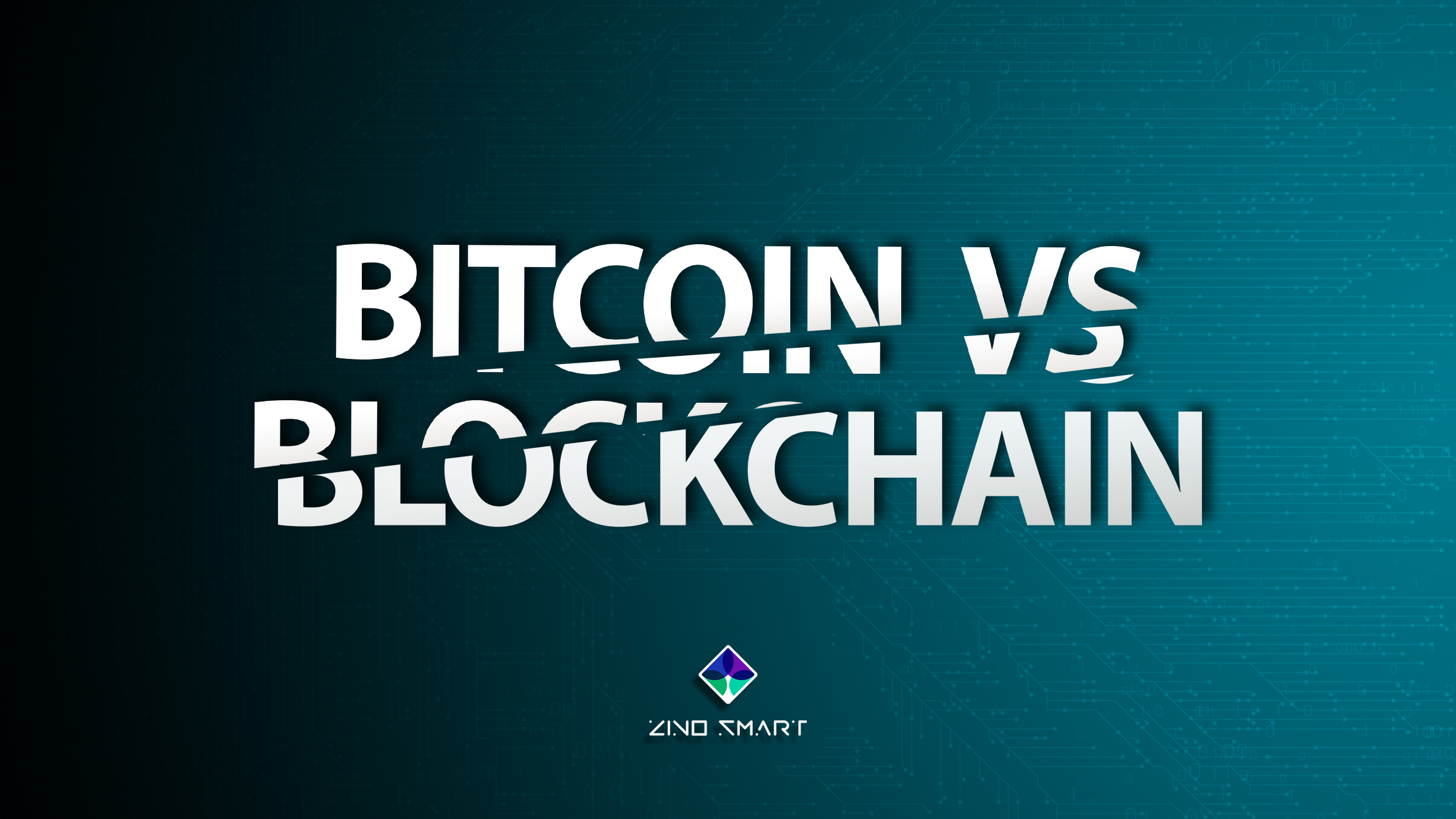Bitcoin vs Blockchain: Blockchain technology was first outlined in 1991 by Stuart Haber and W. Scott Stornetta, two researchers who wanted… to implement a system where document timestamps could not be tampered with.
But it wasn’t until almost two decades later, with the launch of Bitcoin in January 2009, that blockchain had its first real-world application.
1-The Bitcoin protocol is built on a blockchain.
In a research paper introducing the digital currency, Bitcoin’s pseudonymous creator, Satoshi Nakamoto, referred to it as “a new electronic cash system that’s fully peer-to-peer, with no trusted third party.”
2-Blockchain is a means of transparently recording the ledger of payments
The key thing to understand here is that Bitcoin merely uses blockchain as a means to transparently record a ledger of payments, but blockchain can, in theory, be used to immutably record any number of data points.
Bitcoin vs Blockchain
As discussed above, this could be in the form of transactions, votes in an election, product inventories, state identifications, deeds to homes, and much more.
Currently, tens of thousands of projects are looking to implement blockchains in a variety of ways to help society other than just recording transactions—for example, as a way to vote securely in democratic elections.
blockchain
The nature of blockchain’s immutability means that fraudulent voting would become far more difficult to occur.
For example, a voting system could work such that each citizen of a country would be issued a single cryptocurrency or token.

Each candidate would then be given a specific wallet address, and the voters would send their token or crypto to the address of whichever candidate for whom they wish to vote.
The transparent and traceable nature of blockchain would eliminate both the need for human vote counting and the ability of bad actors to tamper with physical ballots.



